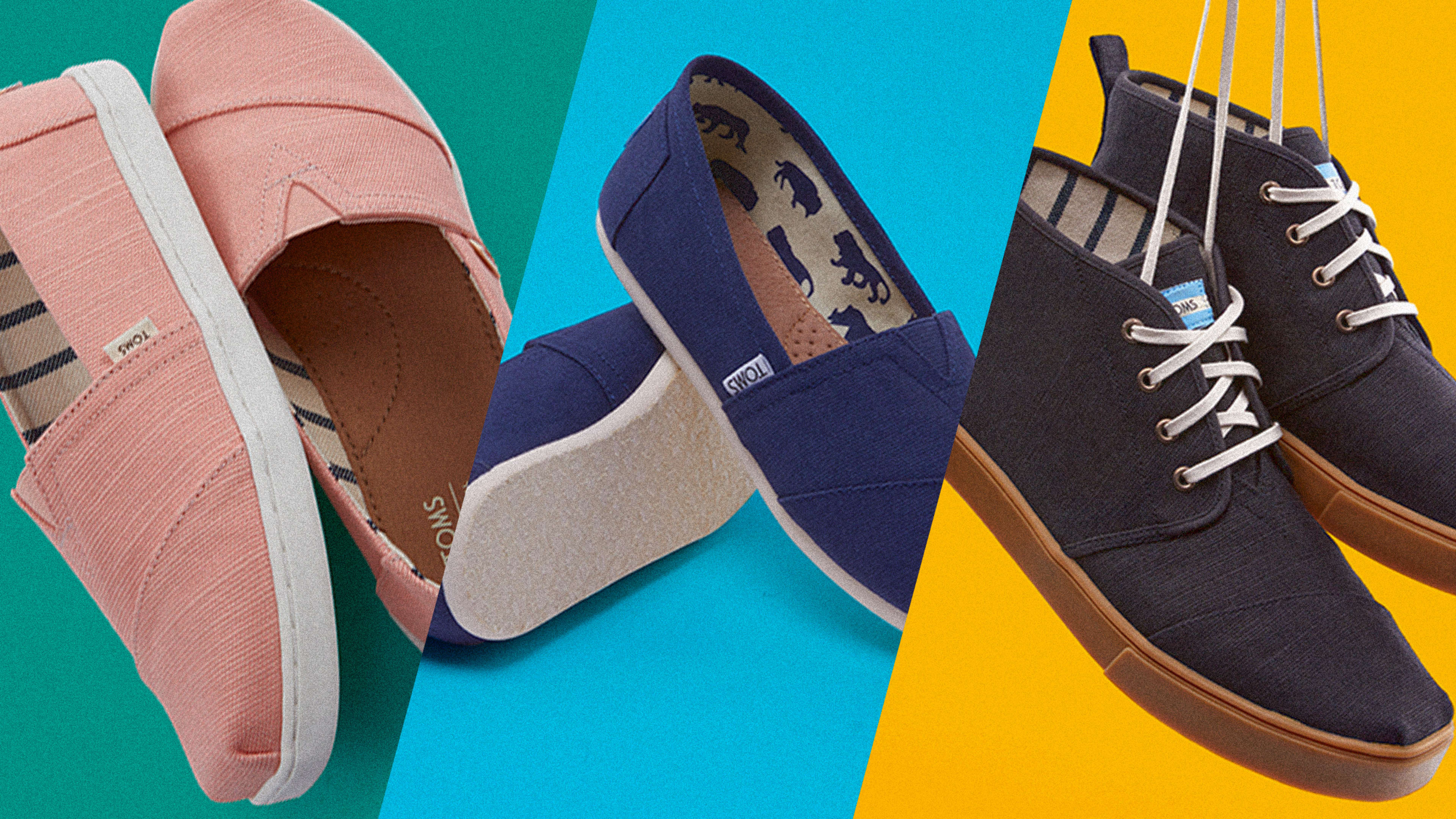When Toms launched in 2006, it popularized the one-for-one business model by giving away a free pair of shoes for every pair sold. Its success helped inspire a series of other buy-one, give-one businesses, from Warby Parker to State Bags. But the company’s model for giving is evolving: If you buy a pair of shoes on the Toms website or in one of the company’s stores now, you’ll be given a choice of a cause to support. Giving shoes is still an option, but you can also choose women’s rights or ending gun violence, and instead of products Toms will give a grant to a nonprofit working on that area.
“Over the last year and a half or so, we’ve really been reflecting on where might we have the greatest impact,” says Amy Smith, the chief giving officer for Toms. “What is changing in the world around us?” In 2018, the company launched its first campaign to end gun violence with a $5 million donation and asking Americans to send postcards to Congress. The new direction for giving, launched May 7, will let consumers support similar campaigns in five issue areas: safe water, ending gun violence, homelessness, mental health, or equality.
[Photos: Toms]The one-for-one model has been popular with consumers, but critics have questioned how well it works, asking whether it could disrupt local economies (do local shoe manufacturers go out of business if people in a community suddenly gets shoes for free?) or make people reliant on support. Toms says that in a study that it commissioned, it didn’t see a negative impact on communities from shoe donations, and that it has addressed some other challenges–making sure that shoes are integrated into existing nonprofit programs and not offered on their own, for example. It also started manufacturing in some of the communities it supports to help build local economies. Despite these changes, the company doesn’t plan to stop donating shoes; it saw that it could have more impact by giving in other ways.
Some of this is already reflected in the company’s other giving; a purchase of Toms sunglasses can support cataract surgery and not just a free pair of glasses. If you buy coffee beans from Toms Roasting Co., you’re supporting community-owned water systems in areas that lack safe drinking water. Other one-for-one companies have also tweaked the basic model of buying a product and giving a product. Warby Parker does donate glasses, but it also trains people globally to perform basic eye exams and sell glasses for “ultra-affordable” prices, which may be a better model for communities.
Toms is proud of spurring the explosion of one-for-one businesses, Smith says. “But as we continue to innovate, we hope that people follow as well. And I hope, collectively, that purpose-driven companies are always questioning, are we having the greatest impact possible?”
Recognize your brand’s excellence by applying to this year’s Brands That Matter Awards before the early-rate deadline, May 3.
